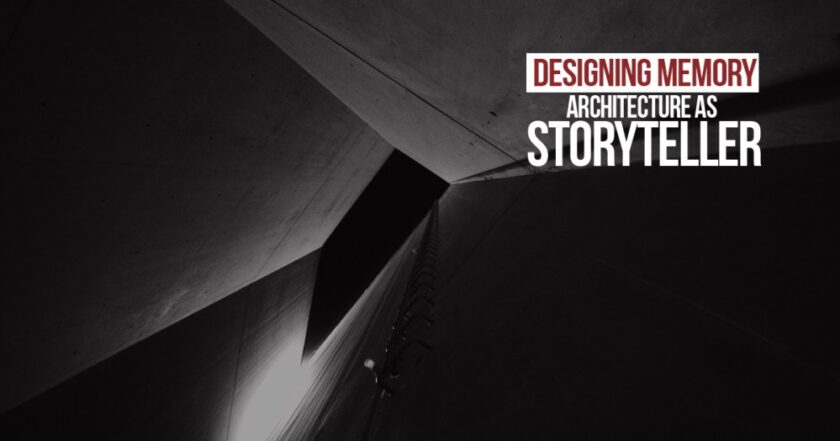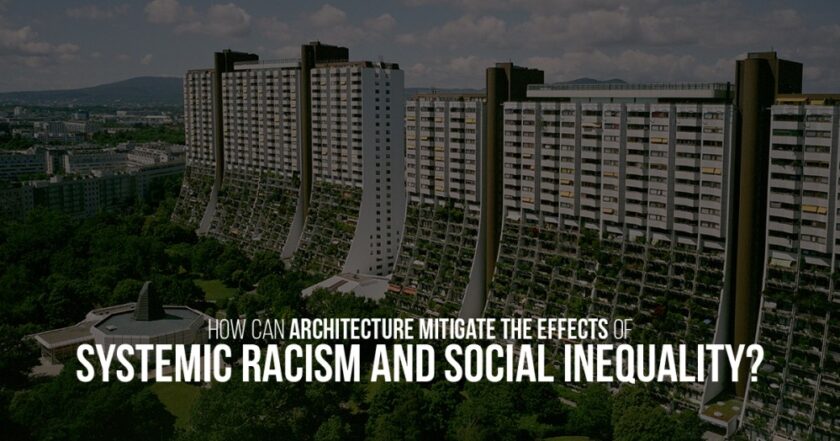Since the beginning of civilization, architecture has acted as a reflection of human values, responding to and shaping the human psyche. It represents a dynamic interplay,a dialogue where spaces influence lives, and human aspirations, in turn, sculpt those spaces. A truly “good” building is more than just a structure; it is a tangible expression of a story or emotion that resonates deeply with its audience. It is this inherent capacity for storytelling, born from the heart of the designer, that makes architecture not only functional but profoundly meaningful and enduringly relevant.
Intuitive Responses: Connecting with Space
Spaces like homes, shelters, and personal retreats, places where we seek solitude, have the power to evoke immediate, subconscious reactions. These environments shape our emotions and perceptions before we even fully register them, triggering a response that connects deeply with our sense of being.
“A person’s genuine, unfiltered response to a space uncovers their personal “mental library” of spatial experiences. Comfort, solace, or warmth arise in environments that resonate deeply, communicating on an emotional level that transcends words.
As Gaston Bachelard writes, “The function of inhabiting is an imaginary response to the function of constructing.” An inhabitant’s connection to a building mirrors the intuitive reaction one might have to a piece of art, a warm meal, or a poignant poem. Between the user and the space exists a continuous, silent dialogue, an exchange that shapes emotions, experiences, and memories, enriching both the individual and the built environment.

From Private Sanctuaries to Public Statements: Architecture and Identity
When a connection to a space becomes profound, it integrates into the user’s identity. A cosy fireplace may shape an individual’s sense of personal comfort, while a grand, intricately designed temple embodies the collective expectations of a sacred space. The lifestyle of working-class communities in small villages is reflected in semi-indoor verandahs, where women chat on the arugus and children play beneath the shade.

Green spaces or pedestrian-friendly public areas symbolize a collective aspiration for a healthy, hygienic society, while examples of hostile architecture, such as benches designed to prevent rest, express societal contempt for the homeless. Designers hold the power to determine which stories and values a space will convey, ultimately shaping how identity and belonging are defined.
Preserving Identity Through Design
Architecture not only offers physical shelter but also provides psychological sanctuary, guarding one’s sense of self. Over time, spaces become places of return, helping individuals reconnect with their identity. As the quote goes, “Architecture can render vivid to us who we might ideally be.” Over the years, its owners have returned from periods away and, on looking around them, remembered who they were.
Much like a storyteller captivates the imagination of their audience, architecture also engages us in a shared experience. Buildings, like stories, weave together emotions and memories, creating spaces that communicate beyond their physical form.

Museums as Storytellers: The Role of Design in Narrative
Architecture is a catalyst for the museum experience. It is not just an object, a shell, or a space in which a program is articulated, it is also a subject in the narrative. Museums are not merely collections of artefacts and historical data; they are laboratories where identity, aspirations, and cultural connections are nurtured. The space itself plays a vital role in taking the first step and inviting the user into these conversations and psychological journeys, guiding them through the story that unfolds within.
Memory and Identity in Built Form
The Jewish Museum in Berlin is a project that goes beyond the boundaries of traditional museum design. It is not only about housing history; it is about integrating the meaning of the Holocaust into the physical and spiritual consciousness of Berlin. This museum stands as a reminder of a void, the erased Jewish life in the city, and the importance of acknowledging this absence to ensure a human future for Berlin and Europe. Through its design, it challenges us to reckon with the lost histories and forgotten lives that shaped the city’s identity.

The concept of ‘Between the Lines’ is built on two contrasting lines of thought. One is a linear path, broken into fragments, while the other is a winding, continuous journey. This juxtaposition reflects the fragmented nature of history that the museum seeks to convey. It is not just a space for contemporary Berliners but also for those in the future who will come to find their own stories and meaning within these walls. The museum is a place where contradictions coexist, the structured and the chaotic, the visible and the hidden, the voices heard and those left unheard.

Commemorating the Lost: Space as a Guardian of Stories
The Jewish Museum serves as a powerful example of how architecture can preserve and narrate stories that would otherwise be forgotten. It speaks to the deeper role that design plays in shaping collective memory, making visible the histories of those who have been silenced or erased. By giving voice to these stories, architecture ensures that future generations will remember, reflect, and learn from the past.
References:
Zamyn.org. (2024). Zamyn — Daniel Libeskind — Jewish Museum in Berlin. [online] Available at: [Accessed 23 Dec. 2024].
Vitruvianthing.com. (2023). Poetics of Space. [online] Available at: [Accessed 23 Dec. 2024].
ArchDaily. (2024). Architecture as a Tool to Evoke Emotions: Museum of Emotions Competition. [online] Available at:
Sylvain De Bleeckere and Sebastiaan Gerards (2017). Narrative architecture : a designer’s story. New York ; London Routledge.
Alain De Botton (2014). The architecture of happiness. London: Penguin Books.



As an architecture and interior designer, I am passionate about creating spaces that inspire and delight those who inhabit them. With over a decade of experience in the industry, I have honed my skills in both the technical aspects of design and the art of crafting beautiful, functional spaces.
After earning my degree in architecture, I began my career working for a prestigious firm where I was exposed to a wide range of projects, from commercial buildings to high-end residential properties. During this time, I developed a keen eye for detail and a deep appreciation for the importance of form and function in design.
In recent years, I have struck out on my own, founding my own design studio where I have been able to further explore my passion for interior design. I believe that a well-designed space can transform the way people live and work, and I take pride in working closely with clients to understand their needs and create spaces that exceed their expectations.
Throughout my career, I have been recognized for my innovative and creative approach to design, and have been honored with a number of awards and accolades. When I’m not working on design projects, you can find me exploring the outdoors or seeking inspiration in the world around me.



